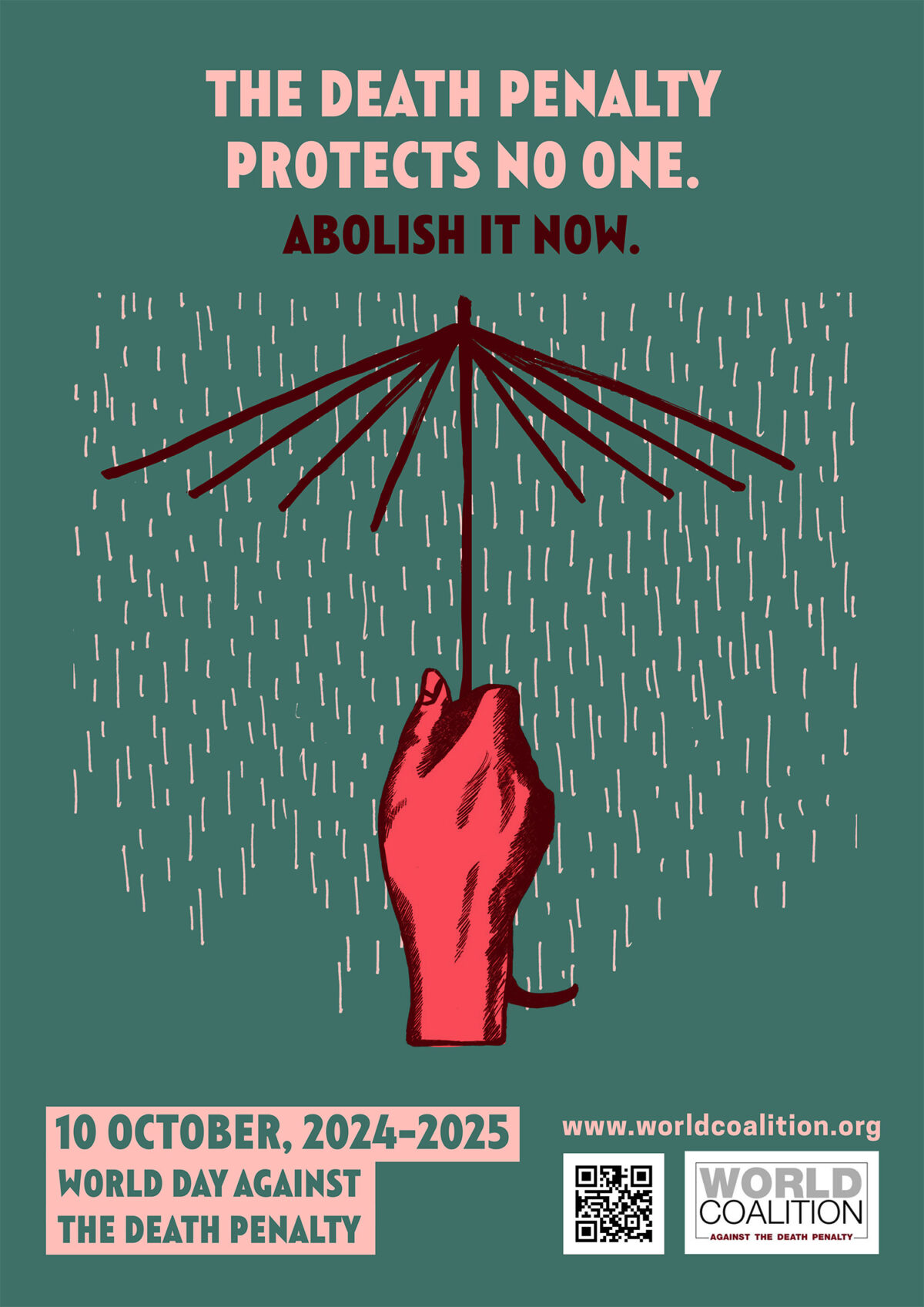Article
The American Death Penalty and the (In)Visibility of Race
In a new article for the University of Chicago Law Review, Professors Carol S. Steiker (left) of the University of Texas School of Law and Jordan M. Steiker (right) of Harvard Law School examine the racial history of the American death penalty and what they describe as the U.S. Supreme Court’s “deafening silence” on the subject of race and capital punishment. They assert that the story of the death penalty “cannot be told without detailed attention to race.” The Steikers’ article recounts the role of race in the death penalty since the early days of the United States, including the vastly disproportionate use of capital punishment against free and enslaved blacks in the antebellum South and describes the racial and civil rights context in which the constitutional challenges to the death penalty in the 1960s and 1970s were pursued. The authors contrast the “salience of race” in American capital punishment law and practice through the civil rights era with the “relative invisibility [of race] in the judicial opinions issued in the foundational cases of the modern era.”
- Document type Article
- Countries list United States
- Themes list Discrimination,



